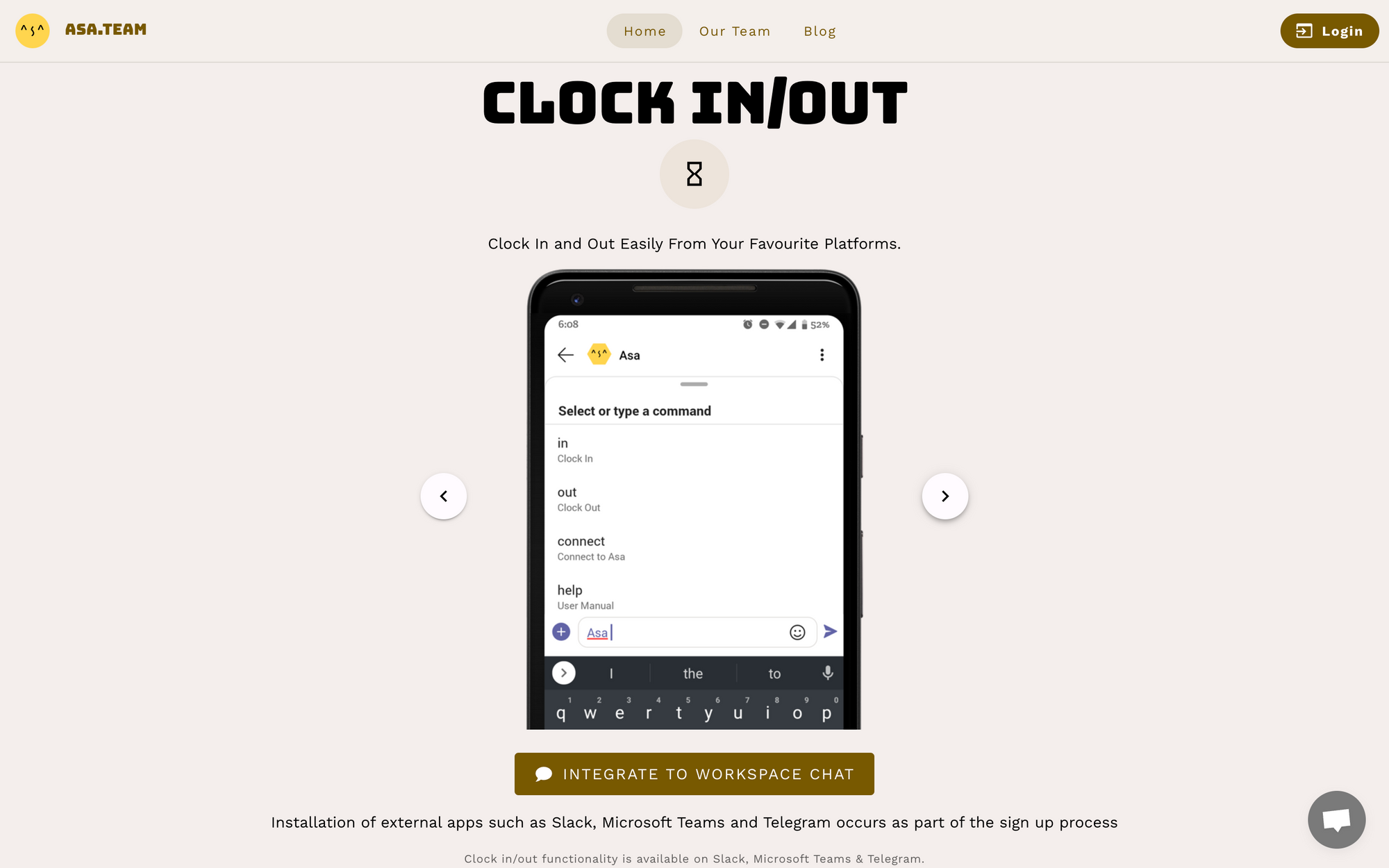How To Master Remote Team Management

In recent years, a seismic shift has occurred in the workspace dynamics—nearly 50% of workers now engage in remote work at least part-time, as observed in a study conducted by McKinsey & Company. This staggering transformation presents unique challenges, including maintaining productivity, fostering team cohesion, and ensuring seamless communication across various time zones. Managing a remote team effectively requires a nuanced approach distinct from traditional office settings.
This blog post aims to delve into effective strategies for navigating the complexities of remote team management. By aligning team goals, leveraging technology, and fostering a culture of open communication, leaders can unlock their team’s full potential in a virtual environment. Join us as we explore these critical elements in the following sections.
Embracing the Remote Work Revolution: Challenges and Impacts
Unlike traditional in-office setups, remote work demands robust digital communication tools and a high degree of self-motivation among team members.
Managing remote teams introduces complexities absent in in-person environments, such as the need for clear communication, effective tracking of productivity, and the maintenance of team morale over digital platforms. These challenges can significantly influence both productivity and team cohesion, often requiring managers to innovate new strategies to handle disparate work environments innovatively and effectively.

The impact of these challenges on productivity and team cohesion is notable. Businesses are finding that without strategic adaptations, team performance and output can suffer, highlighting the critical balance between flexibility and structured oversight. As remote work continues to evolve, so too must the strategies for managing these dynamic teams, ensuring that productivity remains high and team cohesion stays strong.
Establishing Clear Communication Channels for Remote Teams
Maintaining clear and ongoing communication within remote teams is crucial to success. Best practices include setting up regular scheduled meetings, using clear and concise language, and making sure all team members are on the same page with project goals and deadlines. This ensures everyone understands their roles and responsibilities, minimizing confusion and fostering a collaborative environment.
Different tools and platforms play a vital role in enabling seamless communication among dispersed teams. Popular choices like Slack, Microsoft Teams, and Zoom provide platforms for instant messaging, video conferencing, and real-time collaboration. These tools help replicate the immediacy of in-office interactions, making remote work more efficient and connected.

If you're looking to implement these arrangements into your own team, seamlessly integrate Asa.Team with Microsoft Teams or Telegram to effortlessly manage your workplace and streamline team collaboration.
Streamline Teamwork with Structured Digital Workflows
Implementing structured digital workflows through specialized tools like project management software can radically enhance the efficiency and effectiveness of team collaboration. These tools are designed to streamline communication, centralize information, and ensure that all team members, regardless of location, are on the same page. They serve as a single point of truth for project details, updates, and progress tracking, facilitating smoother transitions and clearer expectations among teammates.
These powerful tools, such as Jira, enhance project visibility and accountability by allowing team leaders and members to track every phase of a project. Features like task assignments, deadlines, and progress updates help keep the team aligned and focused. By ensuring that every task is accounted for and its status is visible to all, these tools help prevent work from slipping through the cracks and promote a culture of transparency and accountability in the team.
Additionally, when working across different time zones, integrating these tools effectively can be a game-changer. Tips for successful integration include setting clear expectations about response times, using automated notifications to alert team members of updates during their working hours, and maintaining a regularly updated central calendar. Utilizing time zone overlays can also help in scheduling meetings at times that are convenient for all, thereby enhancing collaboration and maximizing productivity.
Building a Strong and Inclusive Culture in Remote Teams
Cultivating a vibrant team culture in a remote environment demands deliberate efforts to keep every member engaged and connected. Developing a strong, inclusive culture begins with frequent communication and tailored virtual meet-ups that celebrate diversity and inclusivity. These gatherings help bridge the physical distance among team members, fostering a sense of belonging and community.
Virtual team-building activities, such as online escape rooms, themed trivia nights, or collaborative project challenges, are fantastic ways to break the ice and strengthen bonds within the team. Additionally, informal virtual coffee chats or happy hours can mimic the spontaneous encounters that occur in physical office settings, promoting casual interactions and deeper personal connections among colleagues.

At the core of these efforts are shared values and goals that align team members and enhance their commitment to the organization's mission. Clearly articulating these values and demonstrating how each team member’s work contributes to the collective goals can significantly boost moral and increase motivation. Such clarity helps in forming a cohesive team, where each member feels valued and understands their role in the bigger picture.
Mastering Remote Agility: Enhancing Team Performance through Distributed Agile Methodologies
Handling distributed agile teams effectively requires a strategic approach that fosters communication, coordination, and culture. Key strategies include daily stand-up meetings using video conferencing tools to ensure constant updates and personal connections, and employing robust project management software to keep track of tasks and progress. This ensures transparency and maintains a rhythm in workflows, mirroring the seamless interaction that might occur in a physical office environment.

The agility of methodologies like Scrum or Kanban can be fine-tuned to bolster flexibility and responsiveness in remote settings. For instance, adapting the retrospective and planning meetings to be more inclusive and time-zone-friendly can engage team members fully, fostering a sense of involvement and equitability. Also, leveraging tools like virtual whiteboards can simulate an interactive and collaborative environment crucial for agile processes.
Finally, examining successful case studies showcases the benefits and applicability of these practices. Companies like Buffer and Zapier operate virtually and use agile methods to manage their teams across various time zones effectively. These examples provide compelling evidence that with the right tools and approaches, agile methodologies can be adapted to remote settings successfully, leading to high productivity and team cohesion.
Key Takeaways and Moving Forward
In conclusion, the strategies discussed throughout this blog post emphasize the crucial evolution in management styles needed to meet the demands of remote workforce dynamics effectively. We delved into various techniques ranging from enhancing communication with the use of digital tools to fostering a culture of trust and autonomy. These practices are not just recommended but are necessary for not just surviving but thriving in the contemporary remote work landscape.
Adapting management styles to suit remote team dynamics is vital. As we've discussed, this adaptation is not just beneficial but imperative for maintaining productivity and morale among team members who are not physically co-located. Leaders must recognize the unique challenges that come with remote work and respond with proactive and supportive management practices.
To further empower your remote teams, we encourage leaders to actively invest in these strategies. Taking action to implement these management enhancements will lead to significant improvements in team productivity and overall morale. Embrace the change, invest in your team, and witness the transformation in your remote work dynamics.

